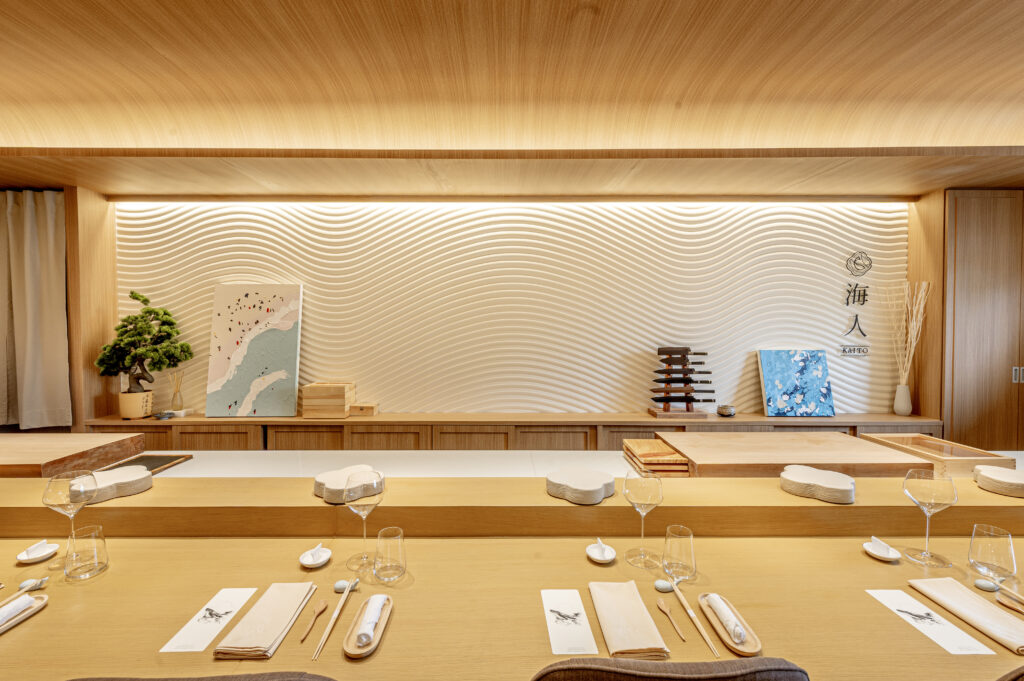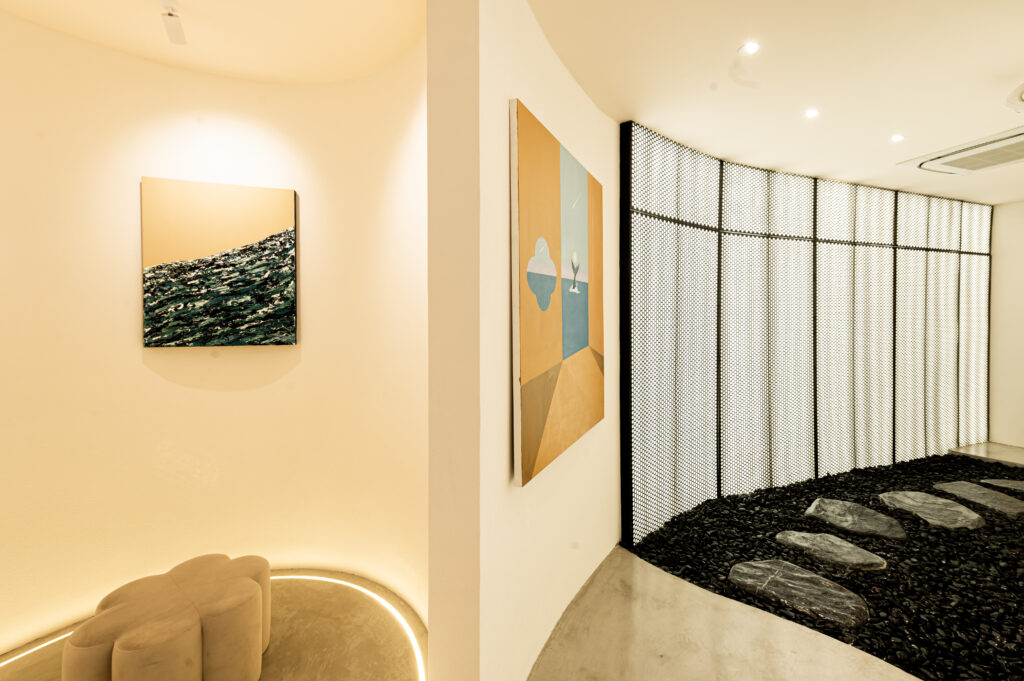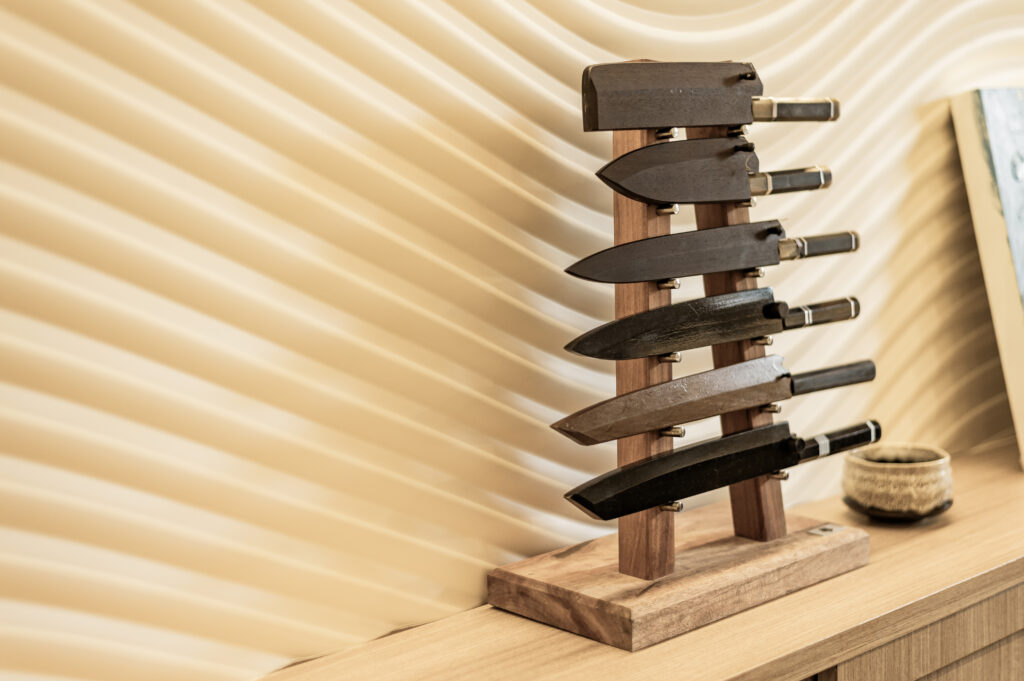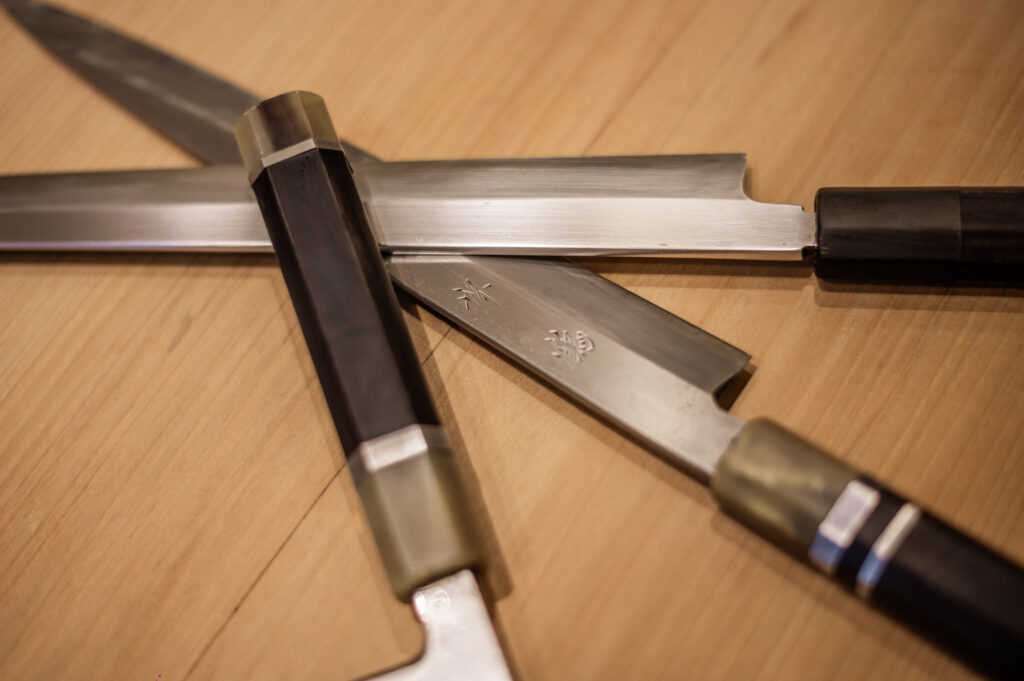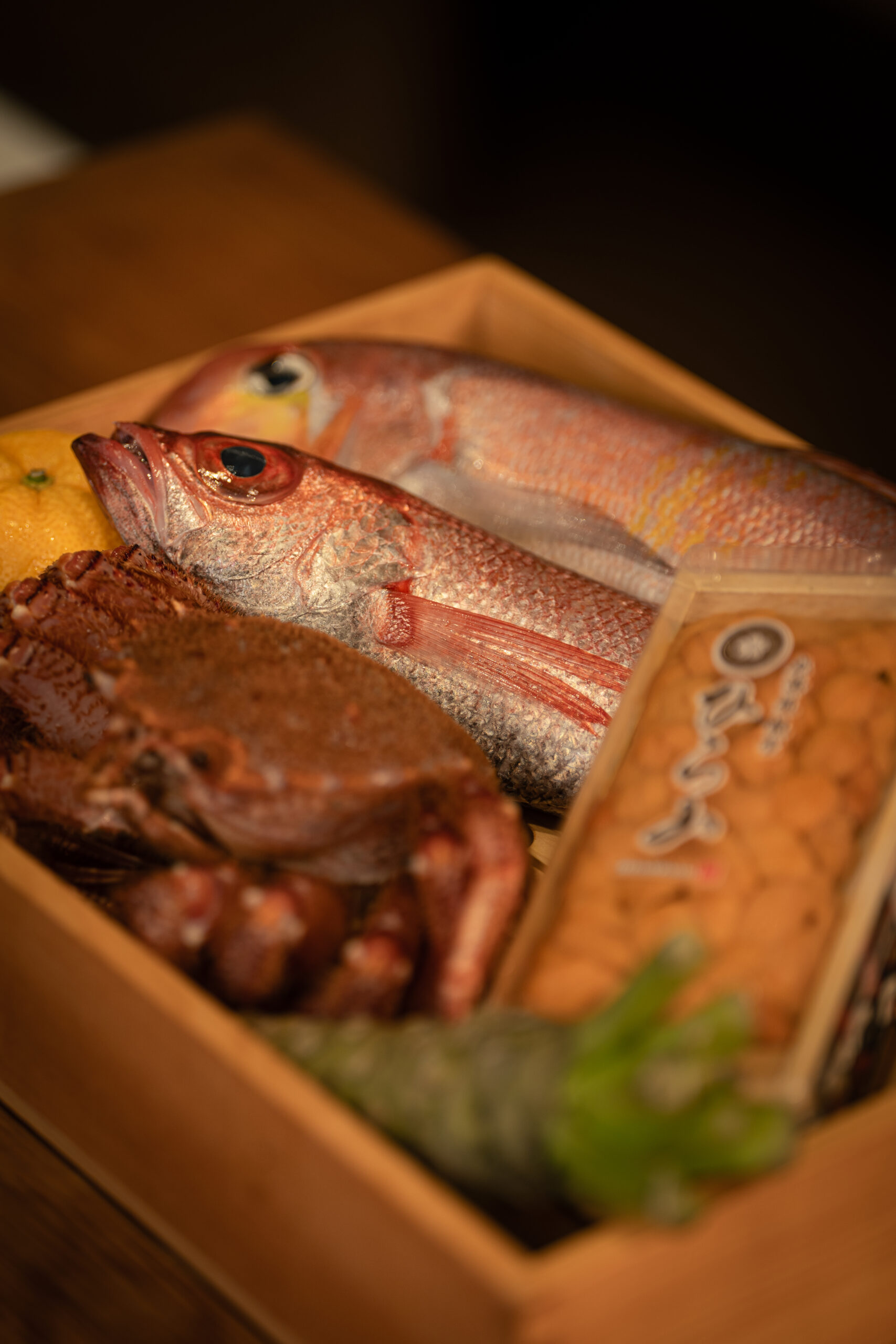History of Omakase
Omakase is a Japanese phrase that means “I’ll leave it up to you.” In the context of dining, it refers to entrusting the chef to serve you a meal consisting of dishes selected by the chef themselves. The origins of omakase can be traced back to the sushi culture of mid-20th century Tokyo.

In the 1920s and 30s, many Tokyo sushi restaurants started adopting the practice of omakase sushi. Rather than ordering piece by piece, guests would communicate their budget to the sushi chef, who would then serve them the freshest seasonal fish available based on their skills and creativity. This allowed sushi chefs to showcase their artistry and ingenuity.

The concept of omakase expanded beyond just sushi over time. By the 1960s and 70s, some Japanese restaurants started offering multi-course omakase tasting menus, highlighting their chefs’ talents across a wider range of Japanese cuisine. These elaborate omakase dinners became fashionable among Tokyo’s elite.
As Japanese cuisine gained popularity worldwide in the late 20th century, so did the omakase concept. High-end Japanese restaurants opened in major cities offering omakase tasting menus as a way to provide an authentic, chef-guided experience. Today, omakase dining allows chefs to express their culinary philosophy while delighting guests with a custom meal.
